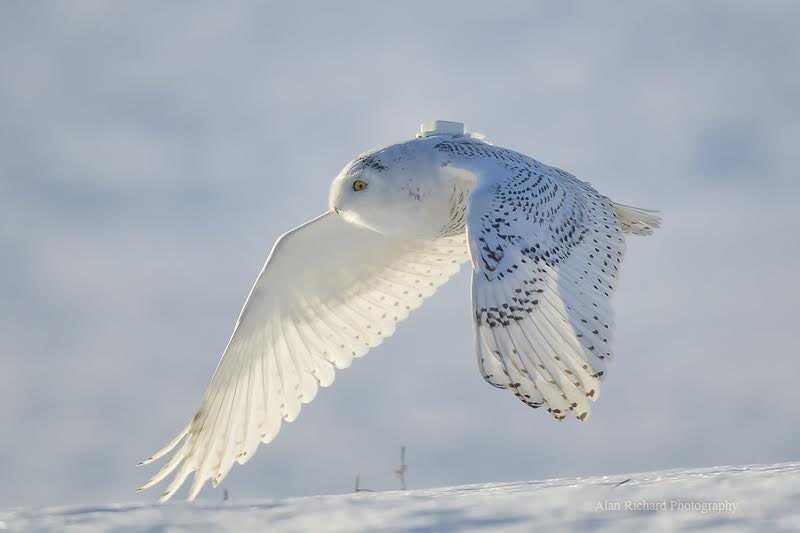Nature’s Signs of Winter

Long before there was the National Weather Service, farmers looked to the signs of nature to be prepared for what’s to come. I was lucky enough to have grown up with Dick Goddard, longtime Cleveland weatherman, who compiled this list of “signs” of nature that can predict a harsh winter ahead.
- Thicker than normal cornhusks.
- Woodpeckers sharing a tree.
- Early arrival of the snowy owl.
- Early departure of geese and ducks.
- Early migration of the monarch butterfly.
- Thick hair on the nape (back) of the cow’s neck. (MATT HARTONG???)
- Heavy and numerous fogs during August. (WHAT ABOUT DURING SEPTEMBER?)
- Raccoons with thick tails and bright bands.
- Mice eating ravenously into the house.
- Early arrival of crickets on the hearth. (WONDER IF THE BRASS CRICKET COUNTS?)
- Spiders spinning larger than usual webs and entering the house in great numbers. (I KNOW SOME PEOPLE THAT WON’T BE HAPPY ABOUT THIS!)
- Insects marching in a line rather than meandering.
- Pigs gathering sticks. (LINDSAY SHOUP???)
- Early seclusion of bees within the hive.
- Unusual abundance of acorns. (THAT’S A YES – OH NO!)
- Muskrats burrowing holes high on the riverbank. (YUP – ANOTHER OH NO!)
- “See how high the hornet’s nest, ‘twill tell how high the snow will rest.”
- Narrow orange band in the middle of the woolly bear caterpillar warns of heavy snow; fat and fuzzy caterpillars presage bitter cold.
- The squirrel gathers nuts early to fortify against a hard winter.
- Frequent halos or rings around the Sun or Moon forecast numerous snow falls.
How many of these are you seeing???
